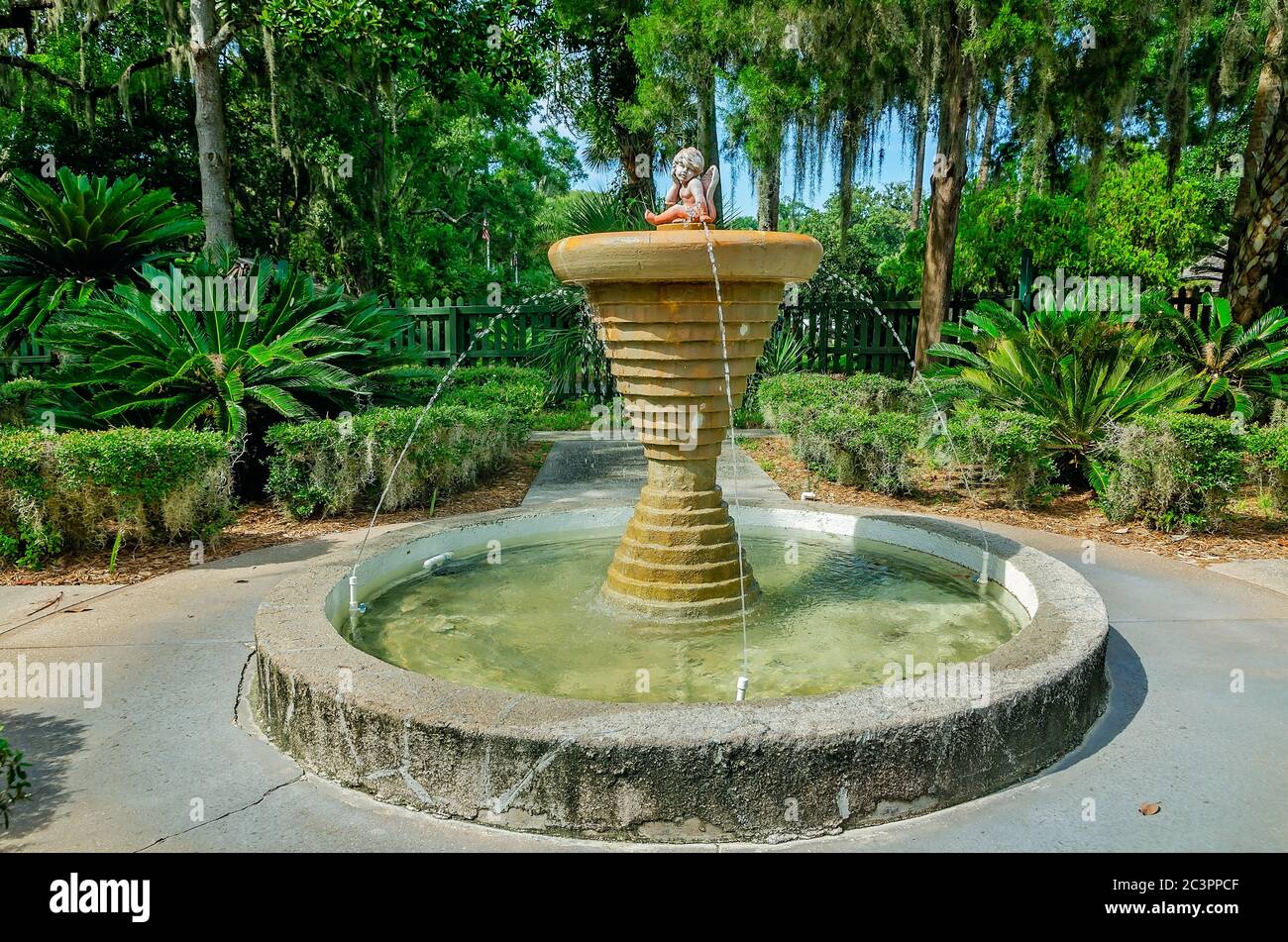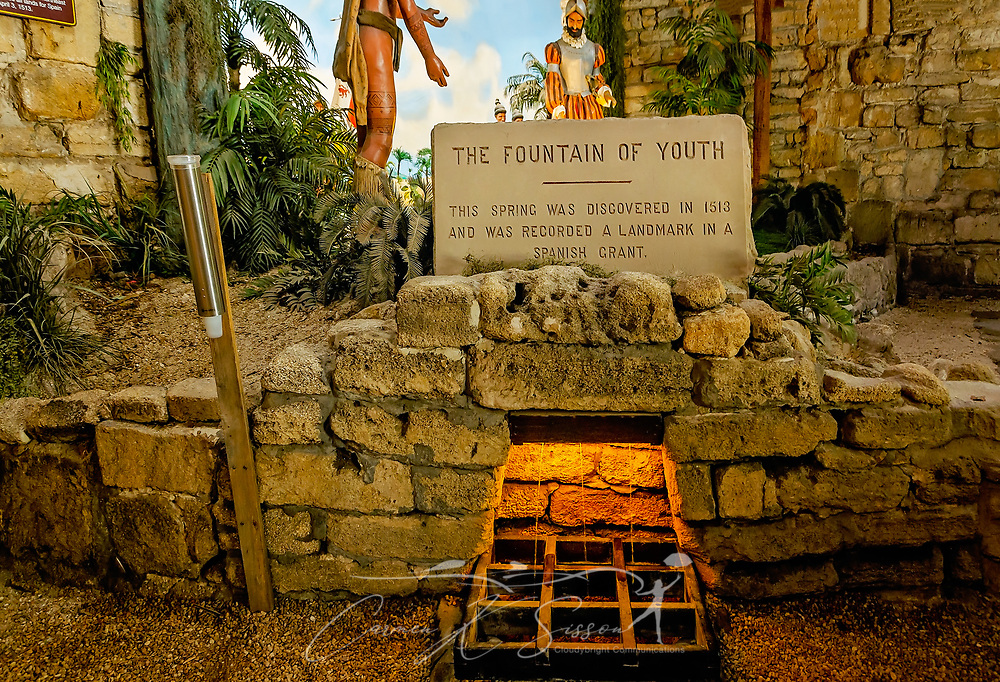Ponce de León’s Fountain of Youth: The Real Story
For centuries, the name “Ponce de León” has conjured images of shimmering water, eternal youth, and the relentless pursuit of immortality. The story of the Spanish explorer’s quest for the Fountain of Youth has become a cornerstone of folklore, woven into the fabric of popular culture. But what’s the real story behind this enduring legend? Did Juan Ponce de León actually seek a magical spring, or is the tale a product of historical embellishment and evolving narratives? Let’s delve into the facts and uncover the truth behind Ponce de León’s exploration.
The Historical Context: Spain’s Expansion and the New World
To understand Ponce de León’s motives, we must first consider the backdrop of 16th-century Spain. Driven by a thirst for wealth, power, and religious conversion, the Spanish Crown spearheaded voyages of exploration and colonization. The discovery of the Americas opened up a vast new world ripe with opportunities, and conquistadors like Ponce de León were eager to claim their piece of the pie.
- Motives for Exploration:
- Gold and Riches: The Spanish were obsessed with acquiring precious metals and resources.
- Land and Power: Expanding the Spanish Empire was a primary goal.
- Religious Conversion: Spreading Catholicism to the indigenous populations was a key objective.
Ponce de León, a seasoned explorer, had already proven his worth in the Caribbean, participating in expeditions to Hispaniola (modern-day Haiti and the Dominican Republic) and Puerto Rico. He was a seasoned conquistador, well-versed in the challenges and rewards of exploration.
Ponce de León and the Search for Bimini
Ponce de León’s journey to what is now Florida in 1513 wasn’t solely driven by a search for eternal youth, though this legend would later become attached to his name. His primary mission was to explore and claim new lands for Spain. However, the prevailing narratives of the time, influenced by indigenous accounts and European myths, did indeed include tales of a magical fountain.
- The Myth of Bimini:
- Rumors of a land called Bimini, located northwest of Hispaniola, circulated throughout the Caribbean.
- Bimini was said to possess a fountain or spring with waters that could restore youth.
- Ponce de León likely heard these tales and, like many explorers, was intrigued by the possibility.
His official expedition, funded by the Spanish Crown, was tasked with finding new territories and resources. While searching for Bimini, he landed on the coast of what he named “La Florida” (The Flowery Land) – a testament to the lush vegetation he encountered.
The Fountain of Youth: Fact vs. Fiction
The association of Ponce de León with the Fountain of Youth is largely a post-exploration development. While he may have been aware of the legend, there’s no concrete evidence to suggest that the fountain was his primary motivation. The earliest accounts of his voyage, written by his contemporaries, do not explicitly mention the Fountain of Youth.
- Origins of the Legend:
- The legend gained traction decades after Ponce de León’s death.
- Historical accounts and folklore gradually intertwined, solidifying the fountain’s connection to his name.
- The association likely arose from a combination of factors: the exoticism of the New World, the allure of immortality, and the inherent human desire for longevity.
Furthermore, there is no verifiable location for the supposed Fountain of Youth. Archaeological investigations and historical research have failed to pinpoint a specific spring or body of water that fits the description.
Ponce de León’s Legacy and the Truth About His Search
Juan Ponce de León’s legacy extends beyond the mythical Fountain of Youth. He was a skilled navigator, a determined explorer, and a key figure in the early Spanish colonization of the Americas. He later returned to Florida in 1521 to establish a settlement, but met his demise during an encounter with indigenous people.
The truth is that Ponce de León was primarily driven by the ambition to expand the Spanish Empire, acquire wealth, and establish a foothold in the New World. While the legend of the Fountain of Youth is a captivating story, it’s essential to acknowledge the historical context and separate fact from fiction.
Conclusion
The story of Ponce de León and the Fountain of Youth is a captivating blend of historical exploration, cultural myths, and the enduring human fascination with immortality. While the explorer may have been aware of the legend of the restorative waters, the primary focus of his expeditions was territorial expansion and the acquisition of resources for Spain. The Fountain of Youth, as a tangible location, remains a myth, a product of storytelling that has transformed a historical figure into a symbol of the pursuit of eternal life. Understanding the real story allows us to appreciate the complexity of history and the enduring power of legend.
Frequently Asked Questions
Did Ponce de León find the Fountain of Youth? No, there is no evidence that Ponce de León found the Fountain of Youth. The legend is primarily a product of storytelling and historical embellishment.
What was Ponce de León’s primary goal in exploring Florida? His main goals were to explore and claim new lands for Spain, seek out resources, and potentially discover a passage to the Spice Islands.
When did Ponce de León explore Florida? He first explored Florida in 1513 and returned again in 1521.
Where is the supposed location of the Fountain of Youth? There is no verifiable location for the Fountain of Youth. The legend does not pinpoint a specific location.




